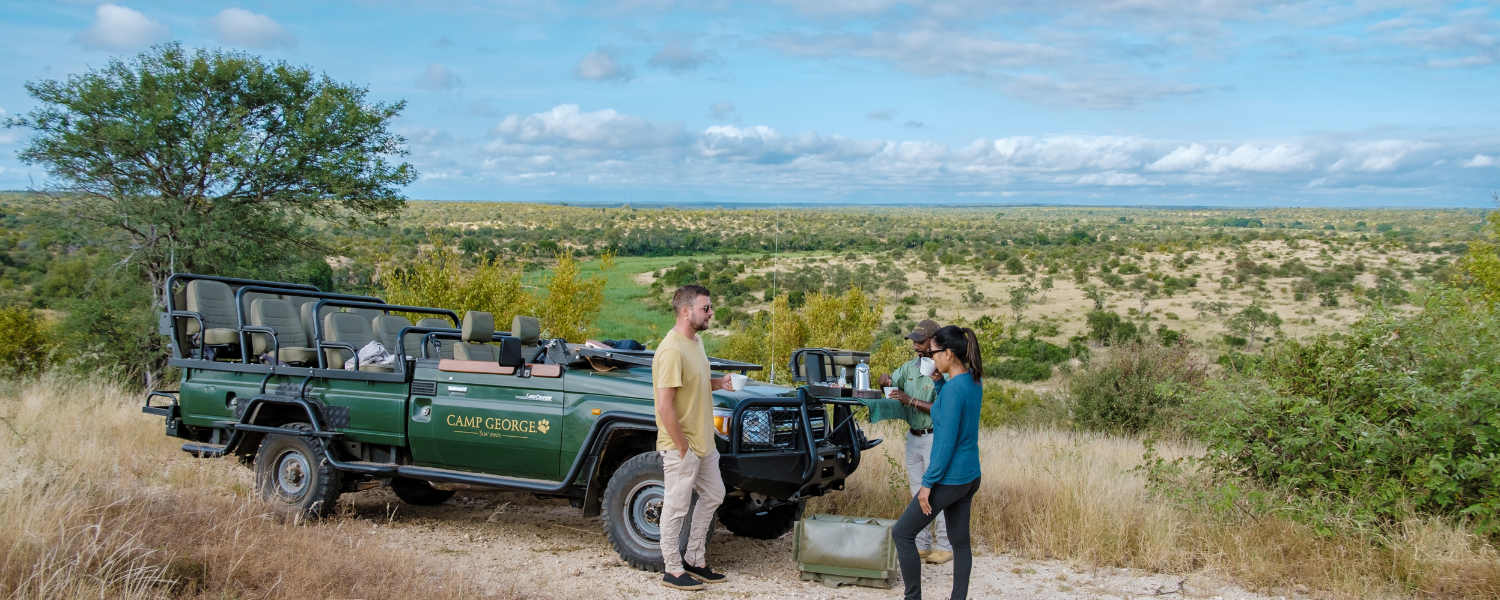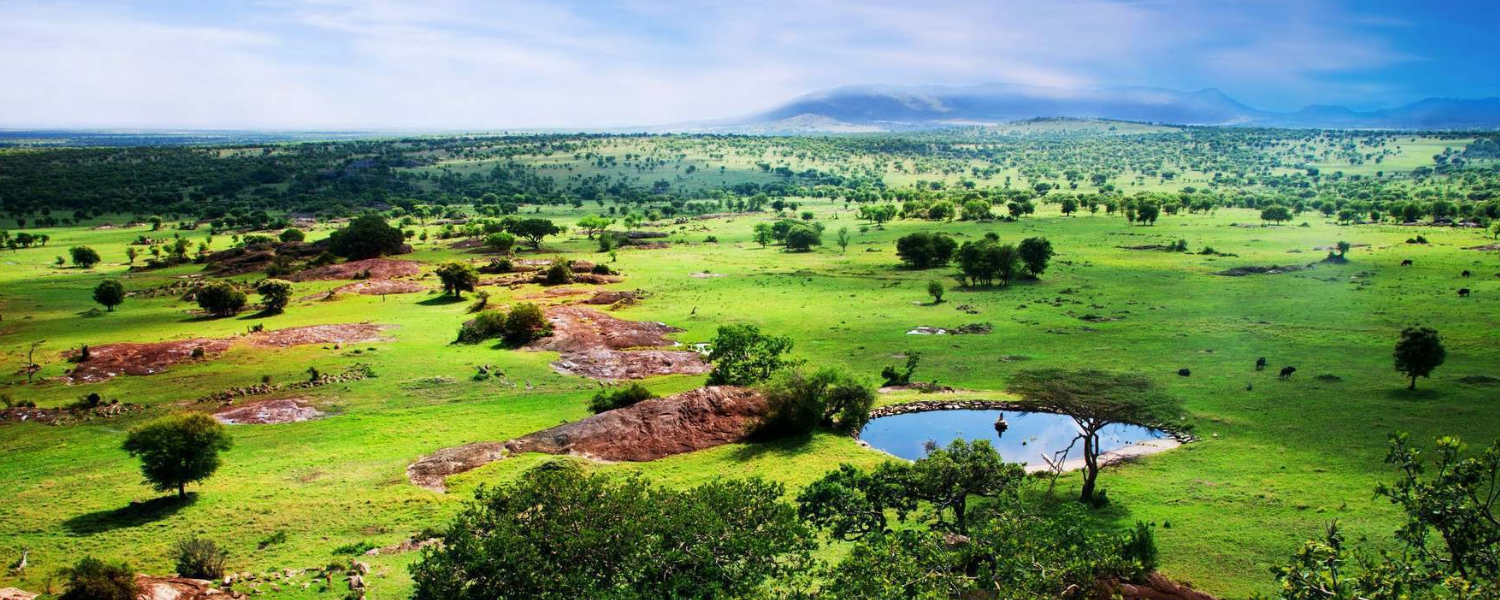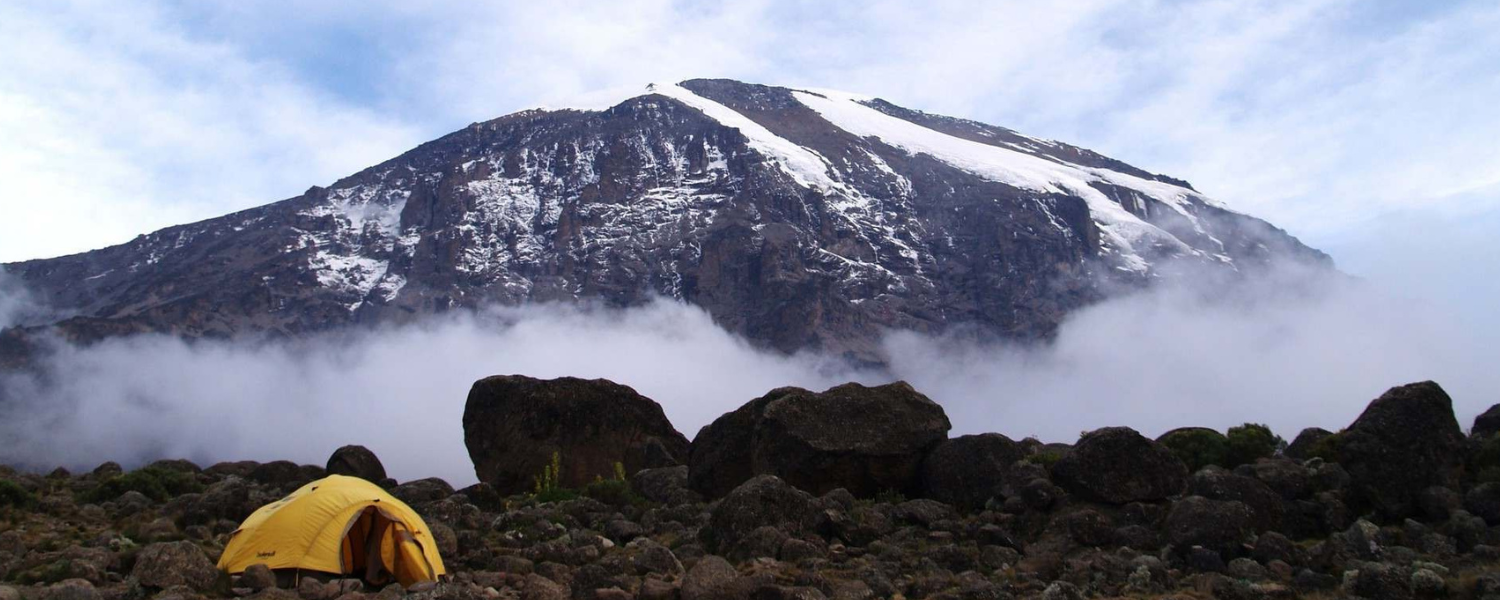Booking Tanzania Safari

Gombe Stream National Park
Settled in the shadow of the mountains and with fertile greenery sprawling in every direction you can walk in awe through the tiny strip of the Gombe Stream National Park. The landscape is a condensed version of the Mahale Mountains National Park and this pristine little stretch is simply bursting with beauty. The grainy northern shores of Lake Tanganyika are a truly welcoming sight to soothe tired eyes and a beloved hot spot for those seeking to catch sight of chimpanzees.
The terrain of Gombe Stream National Park is distinguished by steep valleys with forest vegetation ranging from grassland to alpine bamboo to tropical rainforest. This was the setting for the ground breaking research of Jane Goodall. With the support of renowned anthropologist Louis Leakey, Goodall set up a small research station in Gombe Stream National Park in hopes of learning more about the behaviour of our closest relative: the chimpanzee .In Gombe, she spent months tracking the elusive chimpanzee troops, particularly the Kasakela chimpanzee community, and observing their daily habits until she was slowly accepted by one troop and was allowed rare and intimate glimpses into chimpanzee society. Today Goodall uses the publicity from her research to advocate for chimpanzee welfare, the conservation of biodiversity, and general stewardship of the Earth. However, The matriarch Fifi, the last surviving member of the original community, only three-years old when Goodall first set foot in Gombe, is still regularly seen by visitors.
Indeed, walking through the ancient forests of Gombe Stream National Park, contact with your closest animal relative (the chimpanzee) is heralded by the ‘pant-hoot’ call that starts with one and then reigns in up to a dozen chimps calls, rising in volume, tempo, and pitch to a frenzied shrieking crescendo.
However, Gombe Stream’s high levels of diversity, other than chimps, make it an increasingly popular tourist destination. The most visible of Gombe’s other mammals are also primates. A troop of beachcomber olive baboons, under study since the 1960s, is exceptionally habituated, while red-tailed and red colobus monkeys – the latter regularly hunted by chimps – stick to the forest canopy.
A nice ornithological experience can be had as well with the park’s over 200 bird species ranging from the iconic fish eagle to the jewel-like Peter’s twinspots that hop tamely around the visitors’ centre.
After dusk, a dazzling night sky is complemented by the lanterns of hundreds of small wooden boats, bobbing on the lake like a sprawling city… a majestic sight that just about sums up the amazing Gombe Stream national Park.
However, the biodiversity of Gombe Stream National Park is primarily threatened by human encroachment as regional populations and farmlands grow. This makes the importance of income from safari tourism ever more important and also helps to provide infrastructure and space to the on-going research into our closest relatives that live in Gombe Stream National Park. The famous research carried out in Gombe led Jane Goodall to found the Jane Goodall Institute in 1977, as well as the youth-focused environmental group Roots & Shoots in 1991 which now has over 800 groups in nearly 90 countries around the world.

-
A chance to come face to face with chimps, one of Africa’s big apes, including the last surviving member of Jane Goodall’s troop.
-
A chance to come face to face with chimps, one of Africa’s big apes, including the last surviving member of Jane Goodall’s troop.
-
A chance to come face to face with chimps, one of Africa’s big apes, including the last surviving member of Jane Goodall’s troop.
Read More About
Booking Tanzania Safari
Get In Touch



